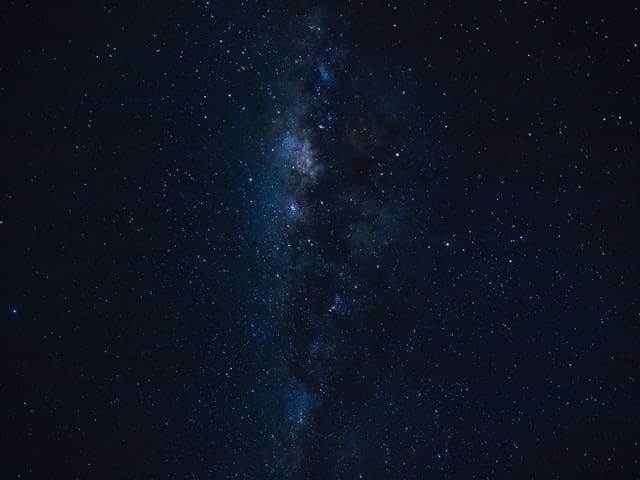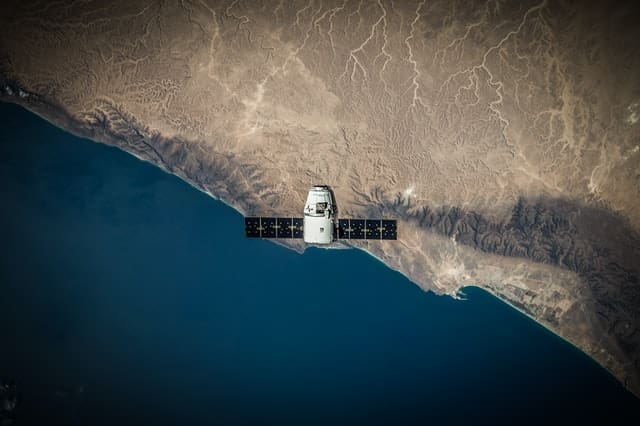The celestial bodies in the galaxy, beyond the thick clouds that we see, have been a subject of interest since the invention of some technological instruments that enable us to study them. There have been theories about the movement of Earth, the satellites around it, and the relationship between the other planets and the Sun.
Most people believe that there are nine planets, including our Earth, which revolves around an incredibly large body known as the Sun. However, while some people’s search for knowledge ends here, some inquire further to discover numerous satellites that revolve around the planetary bodies. In addition, some people find related information on top online casinos sites that provide redirected links.
National Aeronautics and Space Administration (NASA), a U.S. body in charge of science and technology in space, has been getting leads on planets and satellites for years, discovering new things every day. The quest to know what these planets are, what they are made up of, and if there is more to what we can see makes them conduct more researches by launching satellite bodies into space.
New Mission
A small satellite designed in the CU Boulder’s Laboratory for Atmosphere and Space Physics has proved that small astronomical instruments can run assignments for big geological projects. Presently, astrological bodies are on the move to explore ‘alien’ planets. So they launched a million-dollar satellite called Colorado Ultraviolet Transit Experiment (CUTE) on September 27, 2021.
The satellite is smaller than the usual ones for astronomical missions, but it has been programmed to achieve insane goals. For example, NASA prepared it for a seven-month mission to track the atomic physics around some hot planetary bodies suspended at some points very far away from Earth. It’s the first mission funded by NASA to go on such a far-distanced mission, clearing the doubts of what a small spaceship can do.
Apart from the end goal of discovering those alien planets, it is a mission to see how many complex scientific investigations a small spacecraft can do. It is something exciting but also overwhelming – these were the words of a professor in the Department of Astrophysical and Planetary Sciences. The mission took off from a space force base in Lompoc, California, United States of America.
Expected Process of the Satellite
When the satellite enters into the vacuum-spaced orbit around Earth, it will move towards the bunch of celestial bodies commonly called the ‘hot Jupiter.’ They are called that name because of their incredible size and insane temperatures, measuring more than a thousand degrees Fahrenheit. Finding and knowing about these hot bodies can say a lot about roaming planets that evolve over millenniums.
These findings can also help astrologers to understand how these planets operate. Over the years, the Laboratory for Atmosphere and Space Physics has instigated many missions to cover space explorations in the Milky Way Galaxy and beyond. The laboratory received comments that the satellites they had used were more like toys. Nevertheless, it shows the usefulness of small spacecraft in million-dollar projects.

Hot Planets: Astrophysics
As funny as it sounds, there are scorching and icy bodies in outer space. Even within the common planets, the ones close to the Sun are hotter than those far away. The further they are from the Sun, the colder the body is. It is popularly believed that human beings might not be able to live in Saturn or Uranus.
The scorching bodies like Hot Jupiters are not in any way friendly. A planet, Kelt-9b, has varying temperatures that sometimes get to 7500 degrees Fahrenheit, which is mind-blowing for a planet three times larger than Jupiter. A professor in DAPS, France, said that these hot planets radiate an incredibly high amount of heat because they orbit close to their parent stars.
He further explained that the radiation leaves a long-term effect on the planets, in the sense that they expand when they get heated to a very high degree on the Fahrenheit scale. If the expansion continues forever, they might end up bursting out into space. Once in a while, surfing the internet for free pokies can expose you to some of these overwhelming astronomical facts.


The Satellite’s Mission Regarding Heat
Considering people’s speculations about Hot Jupiters, they need to carry out a mission to send a spacecraft close to these planets to get some information. The miniature spacecraft sent to outer space will measure the speed of escaping gases from the hot planetary bodies, including Kelt-9b. Spacecraft’s way to achieve this was carefully designed by LASP.
A graduate student at the Laboratory of Atmosphere and Space Physics who helped with the mission also confirmed that the purpose of the spacecraft is to observe the surroundings of these gassy and extremely hot planets. In addition, the mission has been planned so that the spacecraft studies beyond these hot bodies and gets information about other planets around the galaxies.
It is said that the more NASA understands the escape in the galaxy, the more they can apply the understanding in getting more facts about other planets not yet to be discovered. In particular, ‘CUTE’ is designed to explore the alienated world, unlike other more enormous spacecraft that carry out a generic mission. The one job it is expected to do is to study as many hot bodies as it can.
France said that his team spent four years developing ideas for the mission, and they are eager to see the answers the tiny satellite provides to their longing questions. In addition, the success of this satellite will launch the common use of tiny spacecraft to carry out a specific mission.
Some of the predictions about small satellites are:
- Larger transmission capacity;
- Faster data processing;
- Use of de-orbiting systems;
- Use of CubeSats for space explorations.
Conclusion
The success of this mission will bring one particular improvement, and that is the increased use of more miniature spaceships in executing large projects. However, so many people are unsure of what the future holds regarding the space beyond the clouds. The thousands of stars in the sky say a lot about what has been discovered already. Thinking about the thousands of satellites, alien planets, and galaxies brings the reality of what is yet to be discovered and studied more than ever.
Featured Photo by SpaceX from Pexels




